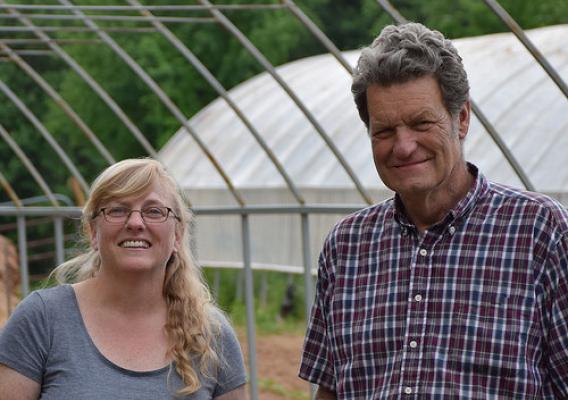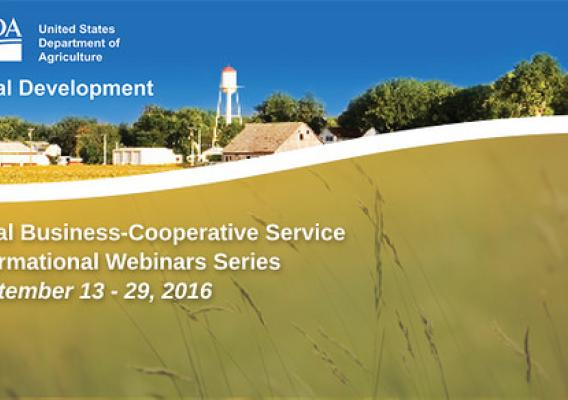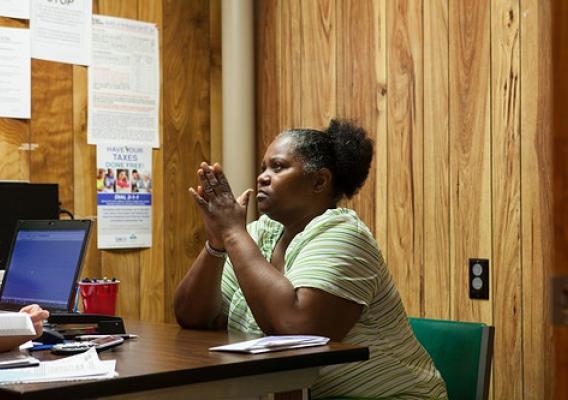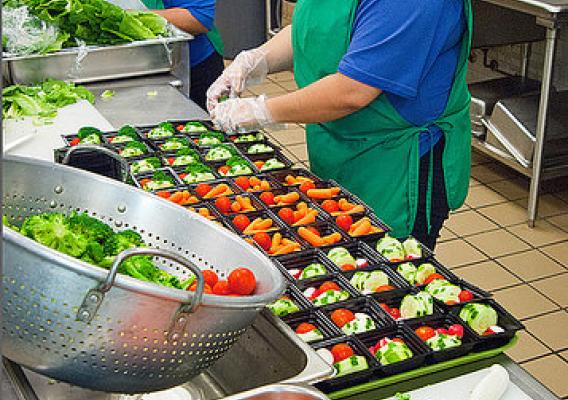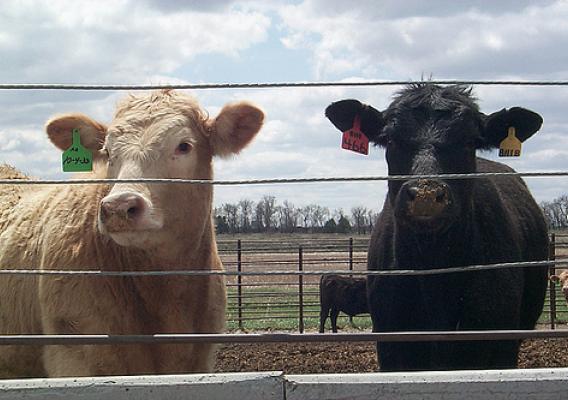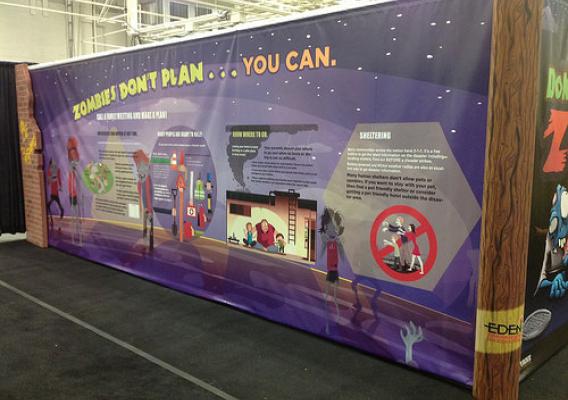In this guest blog, Abby Hostetler urges people to prepare for emergencies and describes an innovative display that Purdue Extension used at the Indiana State Fair to drive home that point. Because September is National Preparedness Month, it is a good time to think about emergency planning. Don’t Wait. Communicate. Make an Emergency Communication Plan for you and your family because you just don’t know when disasters will impact your community.
By Abby Hostetler, EDEN Disaster Communications Specialist, Purdue University
Nearly 60,000 visitors to this year's Indiana State Fair encountered zombies lurking around in the corners. Actually, they saw cartoon zombies that were part of an interactive exhibit, Don't Be a Zombie - Be Prepared. The exhibit consists of a walk-though maze and interactive video game designed to simulate a zombie apocalypse.
The goal is to help families learn about disaster preparedness in a fun way. In 2011 the Centers for Disease Control and Prevention (CDC) launched their Zombie Preparedness campaign to much acclaim and success. The CDC campaign was a gory take on zombies and aimed at a teenage demographic. Once the Extension Disaster Emergency Network (EDEN) got permission from the CDC to adapt the materials into an interactive display, Purdue Extension used third grade classrooms to help tie into the rise of the zombie fad in pop culture while still keeping the materials friendly to all ages.

